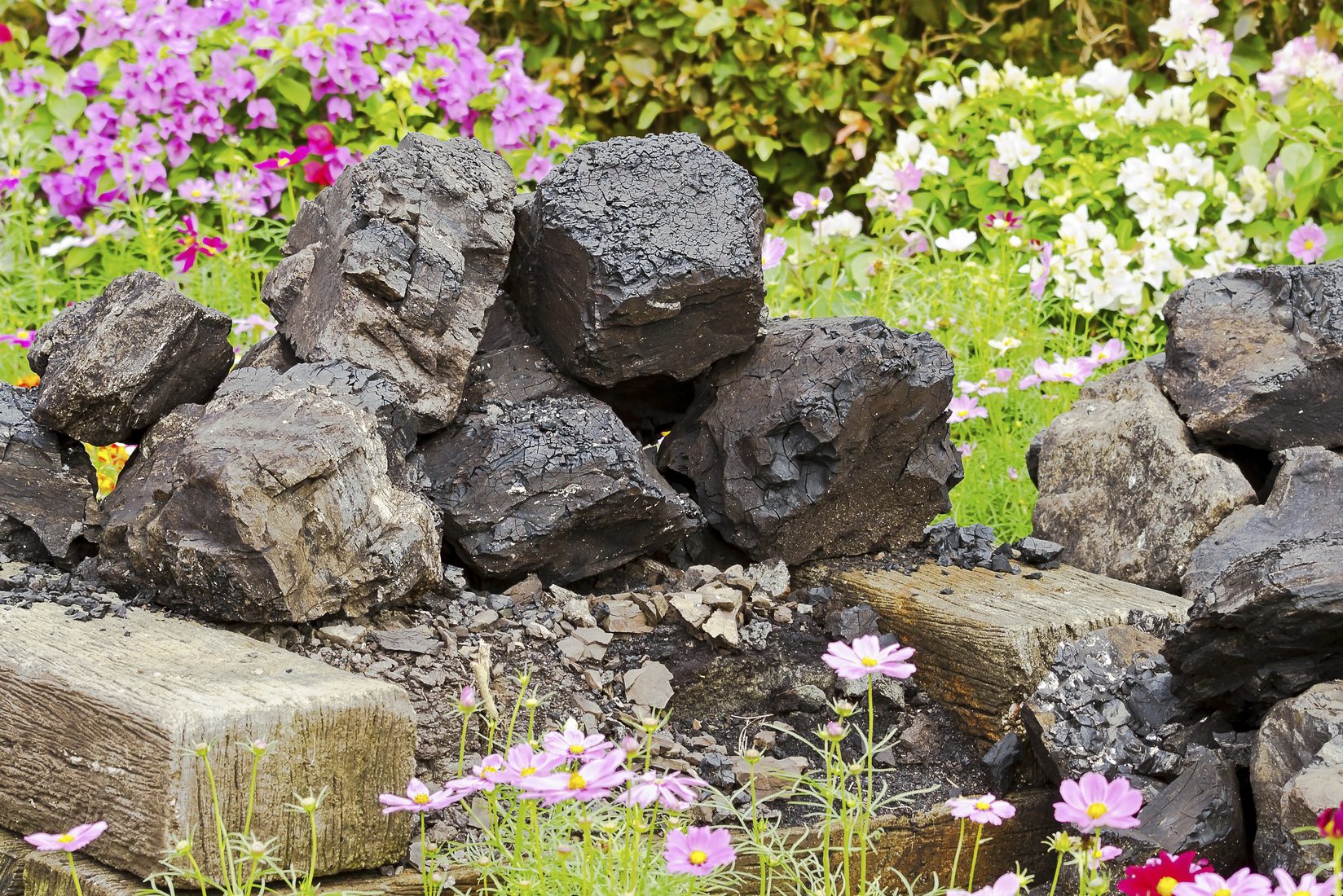The afternoons are staying lighter longer and the temperatures, while veering wildly, are edging their way warmer. As gardeners, we are restless to get outside and do something – but it’s still a little too early to be planting much of anything. It is, however, an excellent time to prepare our garden spaces for the season to come. Taking the time to provide our plants with the best possible growing conditions will result in lush and bountiful gardens – and less work on our part!
It all starts with the soil. While you want to tread lightly right now because the soil may still be cold and is probably too wet to walk on without damage, it’s a great time to get a soil test done. This report will give you a snapshot of the health of your soil and will guide you in determining what amendments, if any, your soil needs. Details and forms are available at UConn’s Soil Testing Laboratory. It’s easier to amend your garden spaces before you plant, but you can also augment established beds, working around existing plants.
If you grow in raised beds, take a look and see if you need to add more soil. Soil gets lost over time as you put plants in and take them out, so it may be time to top off your beds with good-quality soil. If you are a container gardener, now is the time to refresh the soil in them. You don’t have to replace all the soil unless you had pest/disease problems last year but mixing in some new container mix will recharge them for the coming season.
Weeds have already started growing! Take the time to start weeding now. Hairy Bittercress (Cardamine hirsute) is in full bloom. Once the seed heads develop, it shoots seeds as far as three feet when disturbed. Pull them before that happens. It thrives in damp, disturbed soils – which describes a vegetable garden this time of year – but will grow pretty much anywhere it finds space and sunlight. Get to know the common weeds in our area and when they appear – they are easiest to control when little.
If you haven’t done so during the winter, take stock of last year’s success and challenges now. What do you want to do again, and what do you want to do differently? In a food garden, were there vegetables that didn’t grow well for you? If so, read up on cultural needs and decide if they’re worth another try, or if you want to plant something different. In your ornamental garden, were there plants that didn’t thrive, or plant thugs that took over? Decide how you want to proceed this year; in either situation different care may be helpful – or choosing different plants.
This reflection is easier if you keep some form of garden journal. It needn’t be anything fancy; regular entries in a notebook will suffice, or annotated photographs. It’s hard to remember how your garden looked last year at a given time, but that information helps you have even better gardens going forward.
Look at your garden spaces now to see where you might want to add spring blooming bulbs for next year, then write it down! Despite your best intentions, you won’t remember all those spaces when you order bulbs later in the year.
Many gardeners are leaving their ornamental garden beds undisturbed through the winter, allowing desirable insects to overwinter in the stems and leaf litter. Resist the temptation to cut everything back until we have a week or so of consistent 50-degree days. If you must clean up before then, pile the cut stems off to the side of the garden to allow the insects to emerge for the season.
As you think about what you want to plant this year, take a moment to plan. Look at your space, in either your ornamental or vegetable garden, and develop a list of what you want to plant or grow this year. It is easier to be realistic about space and time constraints now, before you get caught up in the excitement of the season and the colorful offerings at the garden center. You will still succumb to some impulse buying, but perhaps you can be a bit more restrained.
Finally, if you must plant something, you can start peas in the vegetable garden and plant pansies and other cold-tolerant annuals like alyssum in your containers. With these, the new garden season officially begins!
Sarah Bailey is part of UConn Extension’s Master Gardener team, which is program under the College of Agriculture, Health and Natural Resources. For more information about gardening, visit Ask UConn Extension.



